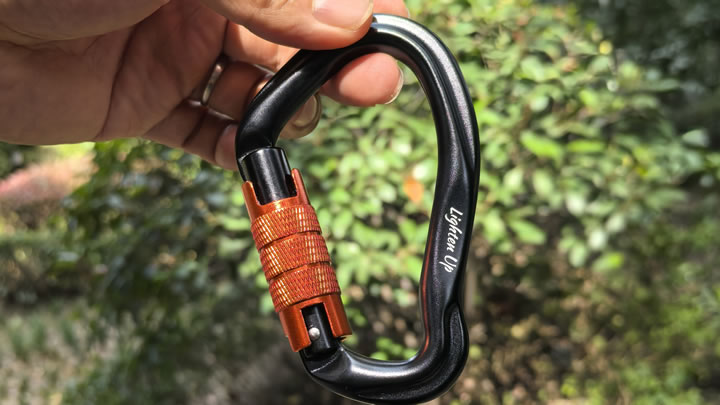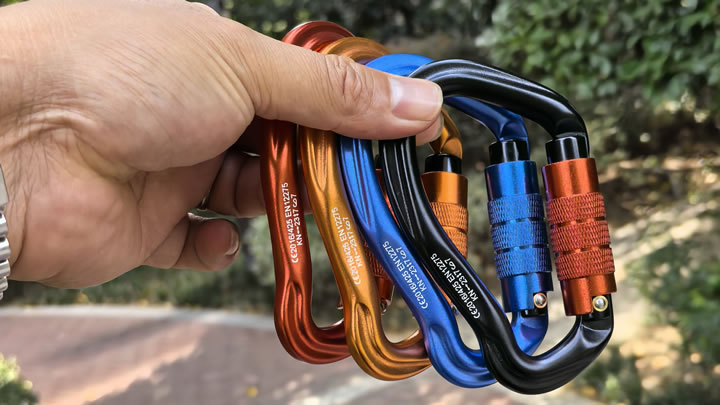How to clean a nylon hammock without damaging it?
Nylon hammocks are built to withstand outdoor adventures, but dirt, sweat, and weather can take a toll. Cleaning them improperly risks damaging water-resistant coatings, weakening fibers, or causing mold. This guide walks you through safe, effective methods to refresh your nylon hammock while preserving its durability and performance.

Why Nylon Requires Special Care
Nylon’s synthetic fibers and protective coatings (e.g., silicone, DWR) are sensitive to harsh chemicals and heat. Aggressive scrubbing or machine washing can:
- Strip waterproofing: Detergents dissolve water-repellent treatments.
- Fray seams: Mechanical agitation weakens stitching.
- Fade colors: Bleach or sun-drying degrades dyes.
Pro Tip: Always check the manufacturer’s care label first!
Step-by-Step Cleaning Guide
1. Spot-Clean Minor Stains
- Tools Needed: Soft-bristle brush, mild soap (e.g., Castile, dish soap), lukewarm water.
- Steps:Brush off loose dirt.Mix soap and water; dab the stain gently.Rinse with a damp cloth.Air-dry in shade.
Avoid: Rubbing stains—this grinds debris into fibers.
2. Deep Clean for Heavy Grime
For mold, mildew, or sweat buildup:
- Handwashing Method:Fill a tub with lukewarm water and mild detergent.Submerge the hammock; gently swirl for 5–10 minutes.Drain dirty water, rinse thoroughly.Hang to dry completely in a shaded, ventilated area.
Never Use:
- Hot water (warps fibers).
- Bleach or vinegar (degrades coatings).
- Stiff brushes (causes pilling).
3. Tackling Mold or Mildew
Nylon resists mold, but neglected hammocks can develop spores:
- Mix 1:10 white vinegar and water (test on a small area first).
- Scrub gently with a soft cloth.
- Rinse thoroughly.
- Dry in sunlight briefly (30 minutes max) to kill spores, then move to shade.
Caution: Prolonged sun exposure weakens nylon.
Post-Cleaning Care
- Drying: Lay flat or hang loosely. Ensure no damp spots remain—mold thrives in moisture.
- Reapply Water Repellent: After washing, use a DWR spray to restore water resistance.
- Storage: Fold loosely in a breathable bag; avoid plastic bins that trap humidity.
What Not to Do
- Machine Wash/Dry: Spinning and heat damage fibers and seams.
- Pressure Washers: Forceful water can tear fabric.
- Harsh Chemicals: Avoid degreasers, enzymatic cleaners, or alcohol.
- Direct Sun Drying: UV rays degrade nylon over time.
When to Replace Instead of Clean
If your hammock has:
- Ripped seams or frayed edges.
- Persistent odors despite cleaning.
- Brittle, discolored fabric from UV damage.
Preventive Maintenance Tips
- Shake It Out: After each use, remove debris to prevent dirt buildup.
- Rinse After Beach/Saltwater Use: Salt crystals accelerate wear.
- Store Dry: Never pack a damp hammock.
Final Verdict
Cleaning a nylon hammock is simple if you prioritize gentle methods. Stick to handwashing, mild soap, and shade drying to protect its coatings and structure. Regular maintenance not only keeps your hammock fresh but also extends its lifespan through countless hangs—whether in the backyard, on trails, or at the beach.






